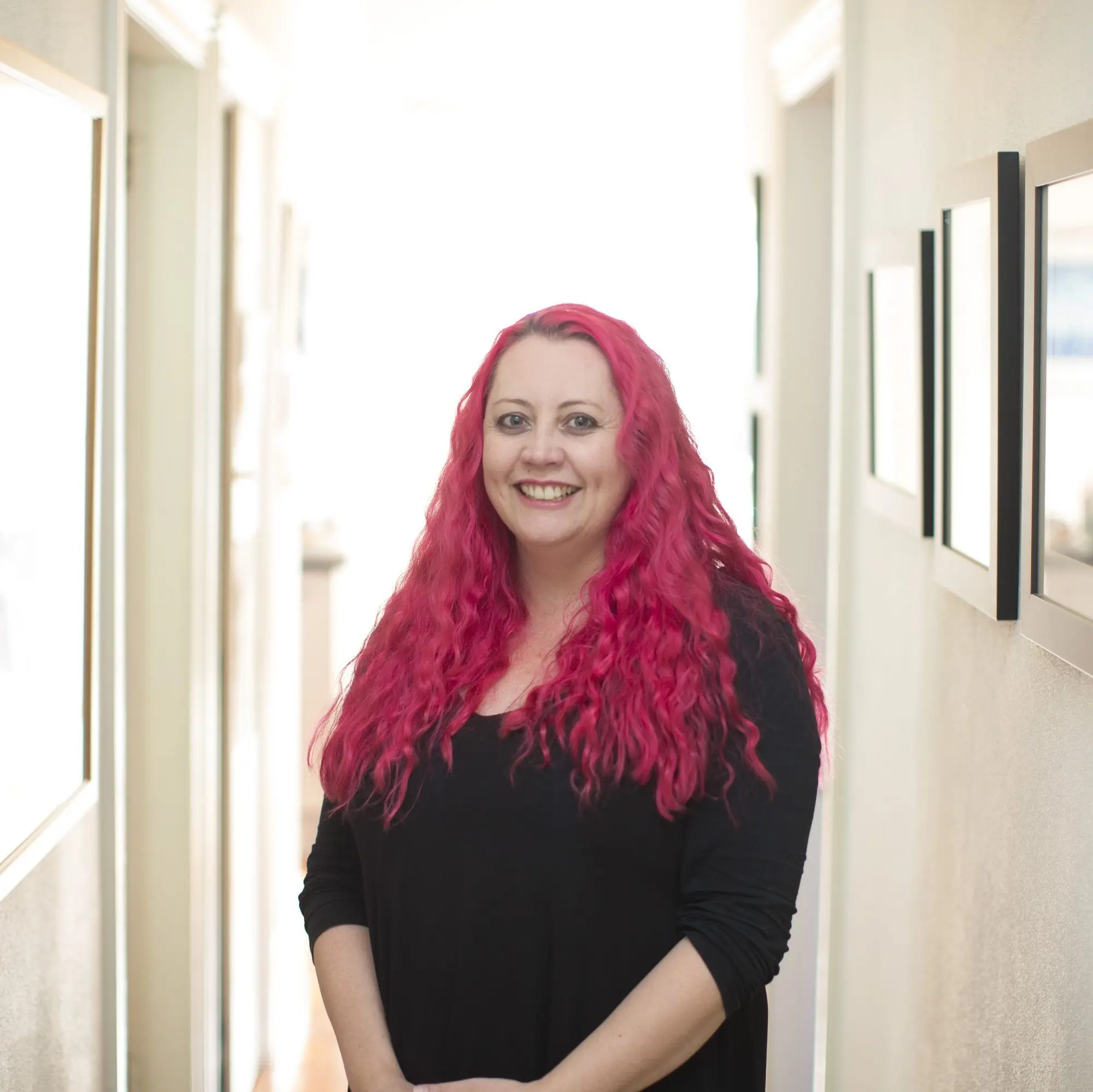Dr Siouxsie Wiles
Head of the Bioluminescent Superbugs Lab, University of Auckland.
For years, Dr Siouxsie Wiles has drawn praise for her research into tiny organisms which glow in the dark – now it’s her leadership skills which are gaining attention, in the scientific community and beyond. She heads the Bioluminescent Superbugs Group at the University of Auckland – using organisms which produce light to help combat infectious diseases – but has marked herself as a scientist who is prepared to step outside the laboratory to advance causes she believes in and contribute to her adopted country.
A courageous and gifted science communicator, she speaks out on issues when the public needs information and has led efforts to break down barriers for women in science.
Born in England, Siouxsie studied microbiology at the University of Edinburgh and did a PhD in microbiology at the Centre for Ecology and Hydrology in Oxford. Her working career began at Imperial College London before being awarded a Sir Charles Hercus Fellowship from the Health Research Council of New Zealand in 2009, and moving to the University of Auckland.
Today, she has a permanent position at the Faculty of Medicine and Health Sciences and the Faculty of Science, and has been a New Zealand citizen since 2014.
Her research career has seen her study some of the deadliest and most infectious organisms on the planet, including Mycobacterium tuberculosis (which causes TB) and Staphylococcus aureus (the hospital superbug MRSA), contributing significantly to the understanding of infectious diseases which are responsible for one in every three deaths worldwide. Using funding from the Bill and Melinda Gates Foundation, her team used bioluminescence to develop rapid and cost-effective methods to screen for compounds and vaccines to beat TB.
In establishing the bioluminescent superbugs laboratory, she has built and led a team which has won international recognition. She has supervised the research projects of fifteen postgraduate students and seven undergraduates.
And it’s those leadership qualities which are coming to the fore now, underpinned by firm values. She believes scientists should be open and honest and act with the highest ethical standards. For example, she takes steps to treat animals ethically including replacing mice in her experiments with ham and caterpillars.
She has won the NZ National Animal Ethics Advisory Committee Prize and the UK National Centre for the Replacement, Refinement and Reduction of Animals in Research Prize.
Siouxsie also believes it is important to explain science to the wider community and takes that role to heart earning her the Prime Minister’s Science Media Communication Prize and the Royal Society of New Zealand’s Callaghan Medal in 2013.
Sometimes, her belief in being a good science communicator takes courage. In August 2013 during the Fonterra botulism scare when infant formula was recalled, a combination of factors meant there were few scientists’ voices being heard, despite the need for timely information and analysis.
Dismayed by the lack of expert commentary, Siouxsie stepped forward, debunking speculation and misinformation and explained to the media and wider public the science behind what was happening. It took considerable courage, and saw her criticised by some in the scientific community who did not believe it was her job.
But she has never been afraid of challenging stereotypes and tradition. She led a successful crowd-funding campaign to send copies of Dr Nicola Gaston’s book, Why Science is Sexist, to all senior decision-makers in New Zealand science. She has been outspoken about having more women in science and has brought attention to issues such as gender neutral toys for children, campaigning to have Lego create figures depicting both men and women.
Encouraging girls to think about science begins at home for Siouxsie: she and her nine-year-old daughter are currently working with producer Damian Christie on a science show for kids.
She is also a prodigious blogger and has a large Twitter following engaging and communicating about a wide range of scientific issues. Together with graphic artist Luke Harris, she produced several short animations explaining why different creatures glow and how their light is used in science, a series which has had more than 35,000 views on YouTube and won her support from the UK Society for Applied Microbiology to make more.
She has also embraced more traditional leadership roles in science, joining the Royal Society of New Zealand’s Council for a two-year term in 2015, and becoming deputy director of Te Punaha Matatini, one of the Centres of Research Excellence hosted by the University of Auckland.


